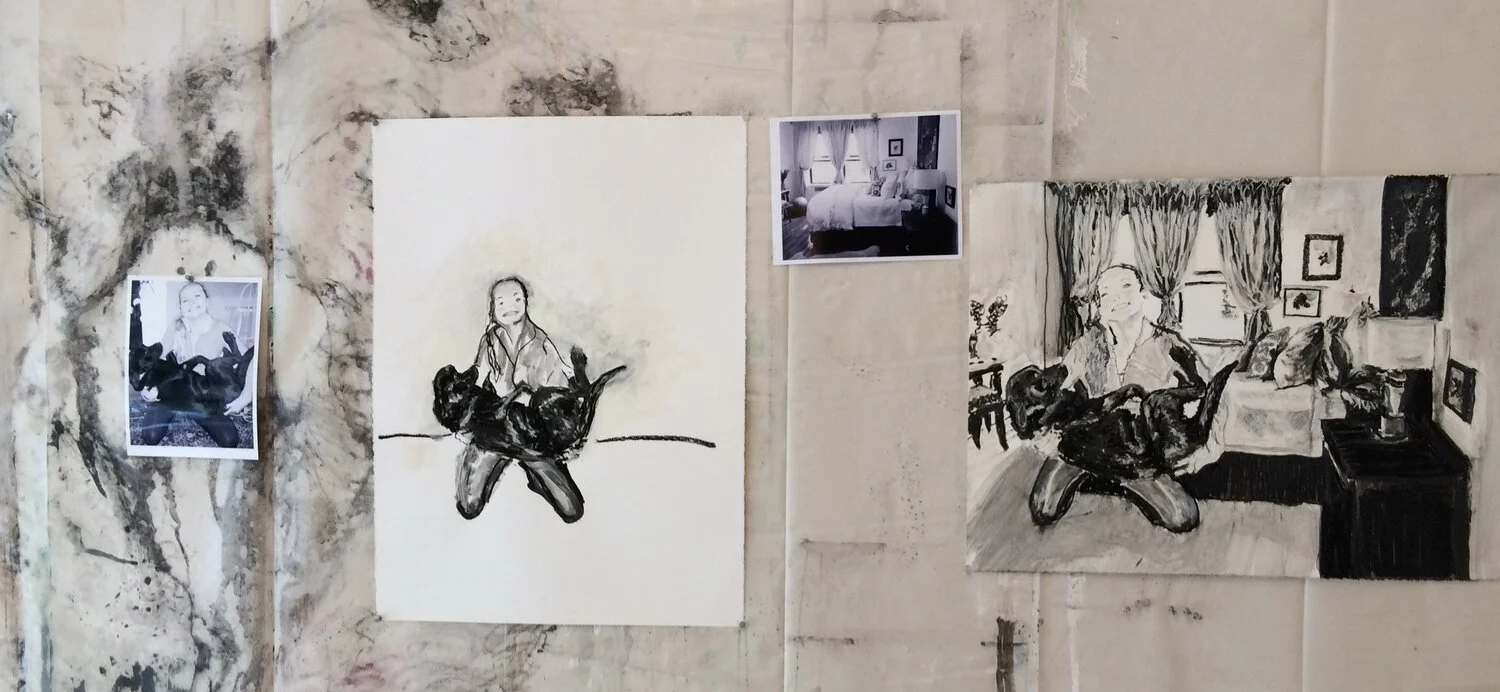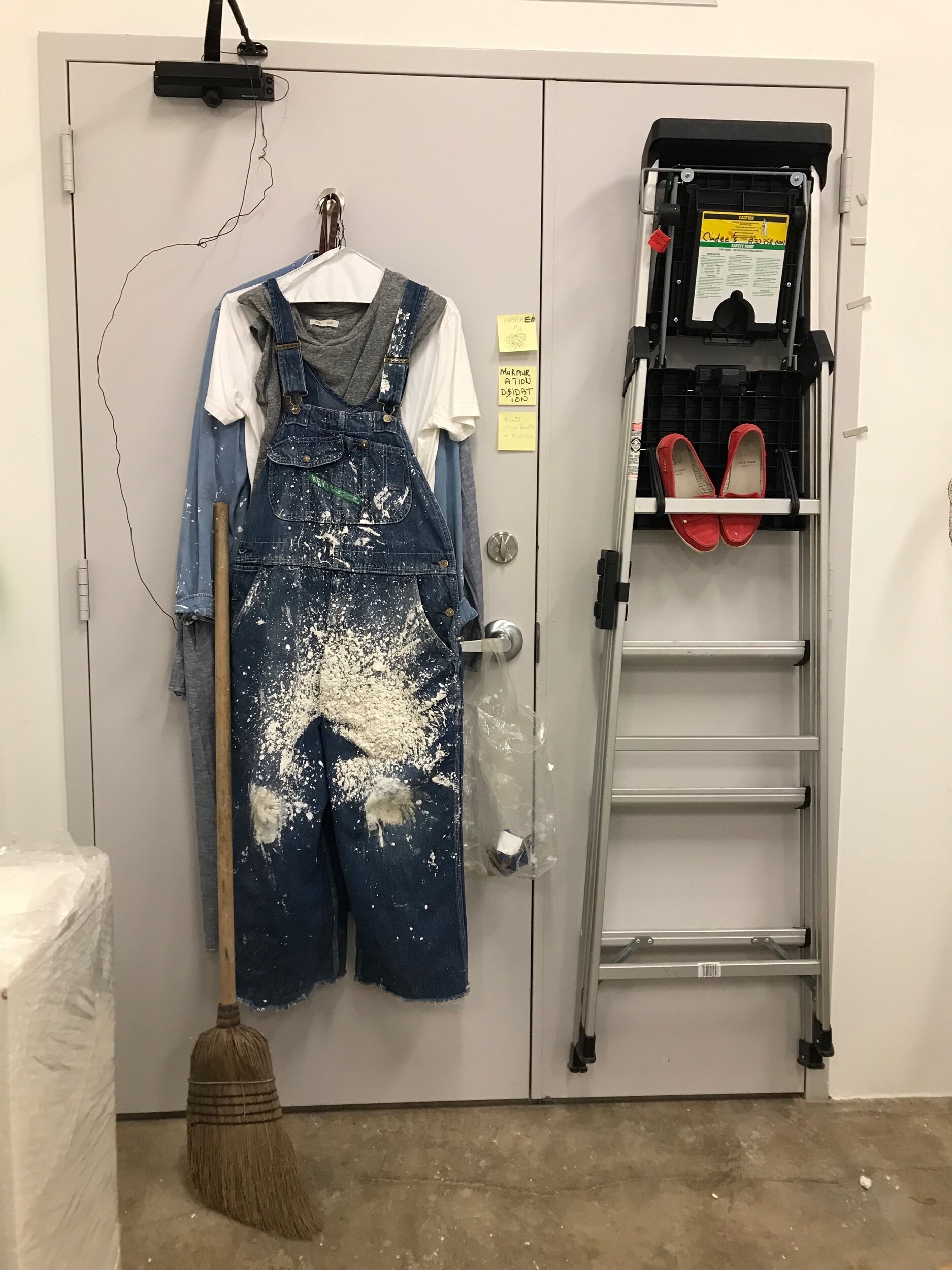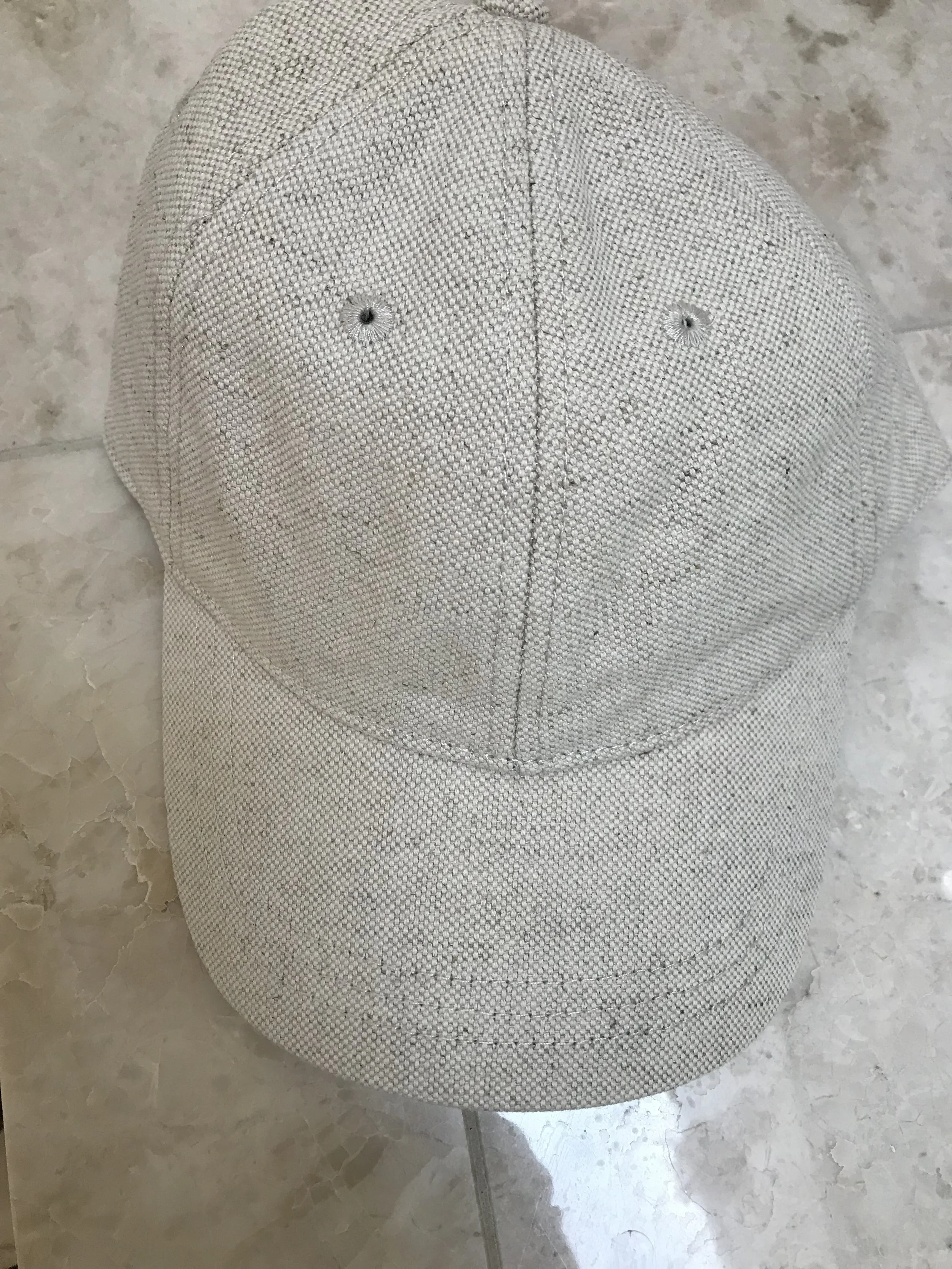7 days left to rip and wrangle rusted wire cloth, then delicately stitch the wire fragments into biospheres of frail and vulnerable abstract wild bees and organic shapes. Then coat hydro stone and cast shadows, to kinetically unveil the unintended consequences of forcing natural processes into an industrial model. Then pack, transport, unpack, install for 21 days, and open........ find more locations to install......... rinse and repeat.
Tomato cage sculpture material
I ran to Southland hardware to purchase more wire cloth for my installation and spied some tomato cages. Wondering if they could add to my palette of materials I took home a few to play with.
Tomato cages
Squish, squash, twist, turn, fold, pull, cut repeat
Throw on a rip of charged screen for garnish
Play some more.
I ran out of time today but I feel like it might have some potential.
Bombus and the blueberry
This is a continuation of an earlier post that documented my intuitive process to embrace and abstract the bee that was listed on the endangered species list January 11, 2017.
The posting was titled Embracing Bombus Affinis. Here is one more experiment.
In the experimental piece below I focused on the transparency of the wings.Through the wings you can see the bees hairs on the back of his abdomen. You can also see the flora in the background and through his wings. FYI- a favorite of the Rusty Patch bumble bee is blueberries. Blueberries are one of my favorites too. There is always a box of blueberries in our refrigerator. I hate the thought of my blueberries being pollinated in a lab.
Bombus Affinis VI
30” X 44”
I am not sure if showing the transparency is necessary or if it bogs down the energy with too much information.
If you want to help insure our food remains pollinated as nature intended see below-
Limit the use of pesticides and chemical fertilizers whenever possible or avoid them entirely. Pesticides cause lethal and sublethal effects to bees and other pollinators.
https://www.fws.gov/midwest/endangered/insects/rpbb/factsheetrpbb.html
The ghost print
The Bees Needs
“Modern farm economics have created an enormously productive system of genetically engineered, chemically dependent agriculture. But it relies on just one domesticated insect to deliver a third of the food on our plate.
And that insect is dying, a victim of the very food system that has come to depend on it.” - Josephine Marcotty, Star Tribune
http://static.startribune.com/news/legacy-apps/bees/
What the bees needs- Where you spend your grocery dollars matters, supporting local, organic farmers is supporting bees.
Glyphosate
44” X 30” water color monotype
The image above is the first piece I created in this body of work. I hope to start a buzz with urbanites regarding the ramifications of food purchasing habits, yard weed control and pest control in regards to the bee.
You can help the bees by letting our government know how you feel about our current situation. See the link below.
https://www.regulations.gov/comment?D=EPA-HQ-OPP-2009-0361-2340
Sewing 🐝 road trip to Roam Ranch
I stitched endangered species on our road trip to Roam Ranch near Fredericksburg. My supportive husband Curtis did the driving so I could stitch.
I free stitched it and you can tell. Why make it by hand if you want it perfect, right?. It does look better than my regular handwriting but that isn’t saying much.
The trip was an incredible experience; worthy of a well thought out post just on the Ranch and the stewards of the land and animals - Taylor, Katy, Cody and Julia.
One for the home team-conservationist win, we thought.
“12 neociotinoid pesticides are pulled from the market”- Muenster Enterprise
I can home Wednesday night a few weeks ago and found a newspaper clipping sitting at my place on our kitchen island. The clipping is from the Muenster Enterprise, a weekly newspaper from my husband’s hometown Muenster, Texas. Curtis reads it every week to keep up with his many cousins. He saved me the article because it reports great news for bee lovers.
Besides 12 neonicotinoids being pulled off the shelves the EPA is now required to analyze the impact of the entire class of neonicotinoids on endangered species.
This morning in my notices I read very disappointing news about the EPA.Even after loosing lawsuits the EPA finds ways to authorize use of chemicals that harm bees. See the below link.
Glysophate
Sewing bee- Boundary Waters canoe area wilderness
Our son, daughter-in-law and grand dog just moved to Minneapolis. They are very adventuresome and planned a car trip with/for us to the boundary waters of their new state to hike and canoe. My daughter-in-law Alex is very supportive and helpful with my art, especially as it relates to the environment. She is the project manager at nRhythm and works closely with the Organic Consumers Association, Regeneration Canada, Regeneration International, and the Savory Institute, to name a few. Also, Griffin recently completed his MBA and is continuing his environmental work through industry. They have both been to several climate change meetings and know their way around that world. I knew Alex would be excited to help draw (or in this case stitch) attention to the plight of the bee and the impact glyphosate is making on the bees' intestinal flora.
Once we landed in Minneapolis we had a 4-hour-plus drive to our cabin. I suggested to Alex we have a driving sewing bee. She was all in. This time I supplied Madewell lined linen caps.
Map of the Boundary Waters north of Minneapolis
the Madewell linen cap is a nice neutral color and has a leather adjustable strap.
I like this cap because the inside of the cap is lined and that makes it easy to hide the unsightly underside of the stitching.
Above: Alex is stitching away with me as my son and husband caught up in the drive to the Boundary Waters. We discussed the Rusty Patch bumble bee, which is now on the endangered list, being one of the most important pollinators of the Northeast and northern Midwest US.
my cap - bee eyes, head and tongue
Above- I am adding the bee thorax. This is the section the bee the wings and legs are anchored on.
The best pollinators are extremely fuzzy. I want my bee to be an excellent pollinator so I am layering lots of randomly placed stitches in black and several different yellows.
Above- More layers - it appears my thorax is too big for my head and eyes. I will fix that later.
Below is some bee information we stumbled on at The End of The Trail Nature Museum .
Here I am working on the wings and tiny legs. Stitching in a car on a curvy bumpy road is sketchy.
I have decided I want this bee to be the Rusty Patch bumble bee so I am adding a bit of orange/rust on the back of its abdomen.
Alex’s bee was looking great I am hoping she will post a picture when she finishes.
Below are some images from the rest of the trip.
Griffin, Alex and Grito canoeing at Clearwater lake.
The four of us after climbing to the top of the cliff across the lake from our cabin.
Alex, Grito and Griffin Klement
My soul mate checking out Clearwater lake.
A river stop to test the possibility of one more fishing opportunity on our drive back.
Above- strawberry plant
I would like to come back when the wild strawberry plants have fruit. Strawberries are self pollinating, their flowers are hermaphroditic. Each strawberry flower contains the male and the female pistil. That said without pollinators they produce 50% less fruit than with pollinators. strawberries need bees too.
Above- wild onions
Honey bees and bumble bees both visit onion blooms.
and of course we made S’more memories. The trip would have been perfect if our daughter could have joined us.
We will miss these three.
Sewing bee - stitch like nobody is watching
I am bad (or maybe it is a good thing) about hyper focusing on a subject. The subject of the moment is the plight of the bumble bee amidst the use of man made chemicals. Taking a break from my studio and catching up with my dearest friends. We had a beach based sewing 🐝.
Knowing my friends would not enjoy a beach weekend of me hyper focusing and preaching to them about how we need to do what we can to protect the bees intestinal flora from glysophate a sewing bee was a super fun solution. We stitched and caught up for hours on end breaking only to play canasta and sip a beverage or two. I see these ladies only once a year so there is a lot to catch up on. My friends are all super supportive of my art and they are up on the latest problems for the bees intestinal flora.
I provided pashmina scarves (in everyone’s favorite colors) and coordinating threads. We stitched cactus and bees that pollinate them. We are all from El Paso so cactus was a natural for us.
Bag to keep our work in, (we all have bags from years past) embroidery thread, a few ball point sewing needles, tiny scissors, pencil or disappearing ink pen, embroidery hoops, and images of bees and cactus.
We were getting away from the pressures of everyday life so the idea was stitch like nobody is watching, no judging. No stitch is a bad stitch, and the beauty is in the imperfections. No one wants a scarf that looks machine made.
Below are images of my pashmina bee/cactus scarf as the work progressed. I will let my friends post their own work and hopefully spread a little 🐝♥️ to their other friends.
saguaro cactus
Prickly pear cactus
ocotillo cactus
yucca cactus
mark making with thread
barrel cactus
this guy ended up rather large.
scarf w stitching
finished? I am not sure but the trip is.
Looking at this photo I must give a tip for wearing a scarf and taking photos- pull scarf up around your neck - 🤪 aging is 👎🏻 On your neck but it comes with knowledge and that is 👍.
If anyone would like to host a sewing bee and talk about ways to save the bees give me a shout. I am happy to send you images of bees to stitch and help out in anyway I can.
Pollinators live in the ground
We all see bees, hornets, and wasps in nests, but most bees and many pollinators live in the ground. That is another reason that it just makes good sense to be very selective with what additives you put on your lawn, garden or crops. I had no idea bees lived in the ground until I started my Impact body of work. Yesterday on my walk I saw this wasp fluttering around in the grass. I hope the homeowner uses inputs that will not hurt the wasp intestinal flora. Wasps are also pollinators but they are not as effective as fuzzy bumble bees.
Glyphosate #14 (working title) kinetic sculpture - the falling
I made some major adjustments today to help communicate the fall/possible extinction of the bee.
photographed with the shadows
Photographed with the lights on, without the shadows.
I also added a pile of dead bee and plant parts under the piece.
The project: I am starting to rough out the artist statement.
“Impact” is a new body of work composed of lenticulars, kinetic sculptures and sculptures. “Impact” forewarns the use of pesticides such as Glyphosate have on the bee population. “The herbicide glyphosate is expected to be innocuous to animals, including bees, because it targets an enzyme only found in plants and microorganisms. However, bees rely on a specialized gut microbiota that benefits growth and provides defense against pathogens.” - https://www.pnas.org/content/115/41/10305
The Rusty patch bee was added to the endangered species list a few months ago.
#bees #savethebees #womansculptor #womanartist #environmentalart Anyone need an environmental art installation? #bee ##beesculptures #wirebees #wiresculpture #gesturesculpture #environmentalart #encironmentartist #womanartist #womansculptor #contemporaryart #contemporarysculpture #texasart #houstonart #abstractart #artinstallation #savethebees #environmentalartproposal
#artinstallationproposal #shadows #environmentalartinstallationproposal
#artproposals the ac was pumping today
Glyphosate #12 (working title) kinetic sculpture -
Editing bee parts and adding botanical elements.















































































